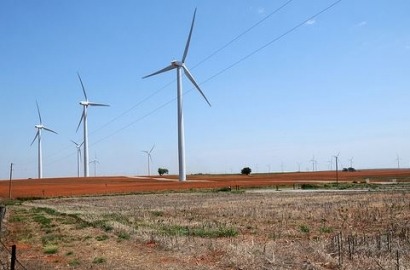
The report released Tuesday by the agency's Northern Prairie Wildlife Research Center found that certain bird species -- including the western meadowlark, North Dakota's state bird -- avoided turbine locations for years after construction.
Jill Shaffer, one of the study authors, said the research is valuable because, starting in 2003, it documents the birds’ presence before and after the turbines were constructed.
It’s also the longest duration study of its type ever done, she said.
Researchers found the meadowlark moved as much as 3,280 feet from new turbines, while the bobolink moved as much as 1,000 feet away, and the grasshopper sparrow, about 980 feet.
The killdeer was temporarily attracted to the turbine gravel pads and roads for nesting and the vesper sparrow species didn’t react either way.
The study took place between 2003 and 2012, a period of substantial growth in the wind energy development in the region, and looked at three wind turbine sites: two in North Dakota, and one at Highmore, South Dakota
The sites were selected because of their location in prairie grasslands and because their locations were shared ahead of time by wind developers to allow a before and after comparison.
The research was funded, in part, by NextEra Energy, one of the leading wind farm developers in the upper Midwest.
For additional information:

